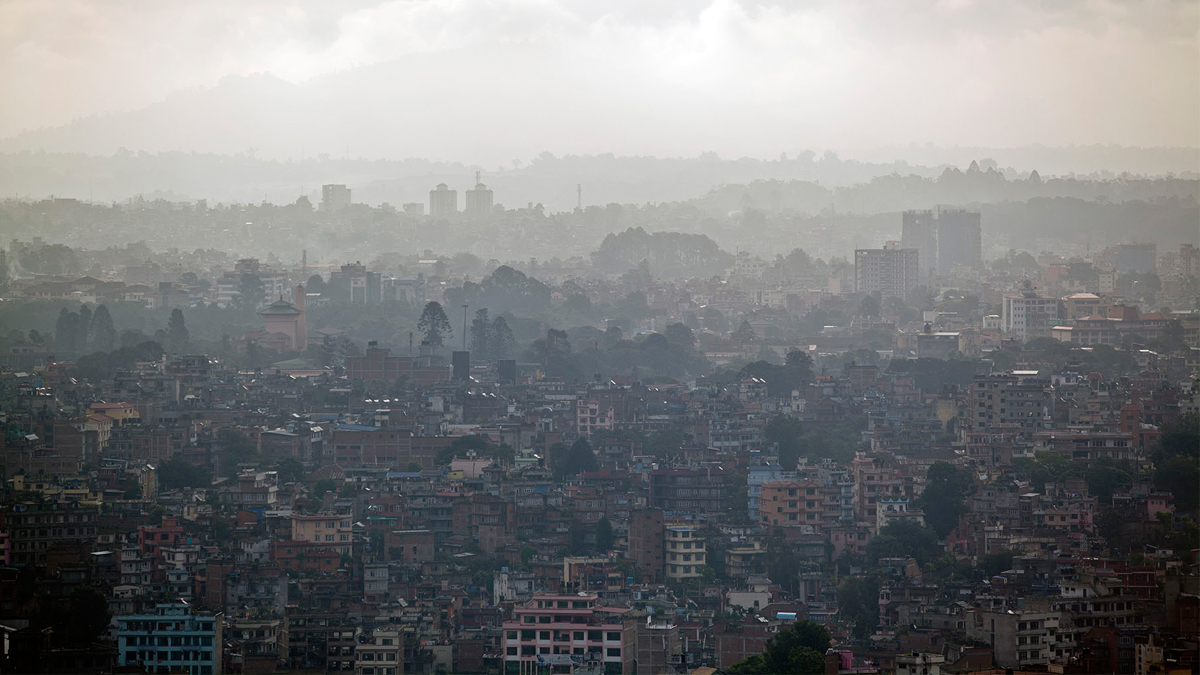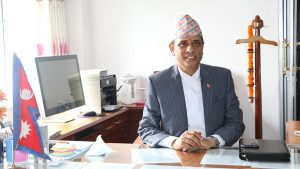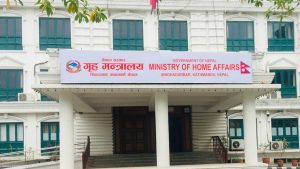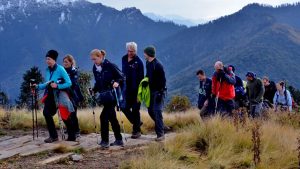
Mayors’ Forum Pledges Action to Combat Kathmandu Valley’s Air Pollution

In response to the deteriorating air quality in the Kathmandu Valley, the Mayors of local units have taken several immediate measures to curb air pollution. The air quality in the region has recently reached unhealthy levels, raising significant public health concerns.
During a meeting of the Kathmandu Valley Mayors’ Forum on October 31, it was decided that each local unit within the Valley would prepare an air quality management work plan and seek endorsement from their respective executive meetings. These plans aim to address and mitigate air pollution issues in their respective areas.
The mayors have also initiated an awareness campaign to educate the public about the adverse effects of polluted air and methods to reduce pollution. Additionally, they have committed to taking action against individuals burning waste in open areas, a common contributor to air pollution.
To further address the issue, the mayors plan to conduct smoke tests on both public and private vehicles. They will also jointly monitor brick kilns and factories that emit significant quantities of pollutants. Discussions will be held to find ways to reduce emissions, and awareness campaigns will be launched to address forest fires, another source of air pollution.
Public health experts have raised concerns about the sudden spike in air pollution levels, which has been causing an increase in respiratory illnesses. Hospitals in the Kathmandu Valley have reported a higher number of patients suffering from respiratory problems due to the deteriorating air quality.
One major contributor to the increase in air pollution is the open burning of agricultural residue, particularly during the harvesting season. Experts have attributed the rise in open burning to the growing use of combine harvesters in the Tarai region and the lack of action by relevant authorities to prevent such practices.
In addition to agricultural residue burning, emissions from various sources, including brick kilns, factories, vehicular traffic, and construction activities, have collectively worsened air quality in the country.
The deterioration of air quality has severe consequences for public health, resulting in short-term effects such as pneumonia, bronchitis, skin allergies, and heart problems, as well as long-term effects like ulcers, lung and intestinal cancer, kidney disease, and heart problems.
A recent report by the Air Quality Life Index (AQLI) has revealed that polluted air in Nepal is cutting short the lives of its citizens by around five years. This impact is greater than that of tobacco use and high blood pressure, which reduce life expectancy by 2.8 and 1.7 years, respectively. The report also highlights that air pollution shortens lives by 6.8 years in nine Nepali districts with the highest concentrations of particulate pollution.
The report suggests that if Nepal were to reduce particulate pollution to meet World Health Organization (WHO) guidelines, residents in the mid and eastern Tarai region, where a substantial portion of the population resides, would gain 6.5 years of life expectancy. In the capital city of Kathmandu, the most populous city in Nepal, residents would gain 3.5 years of life expectancy by achieving cleaner air. These findings emphasize the urgent need for comprehensive measures to combat air pollution in the Kathmandu Valley and beyond.













Comments